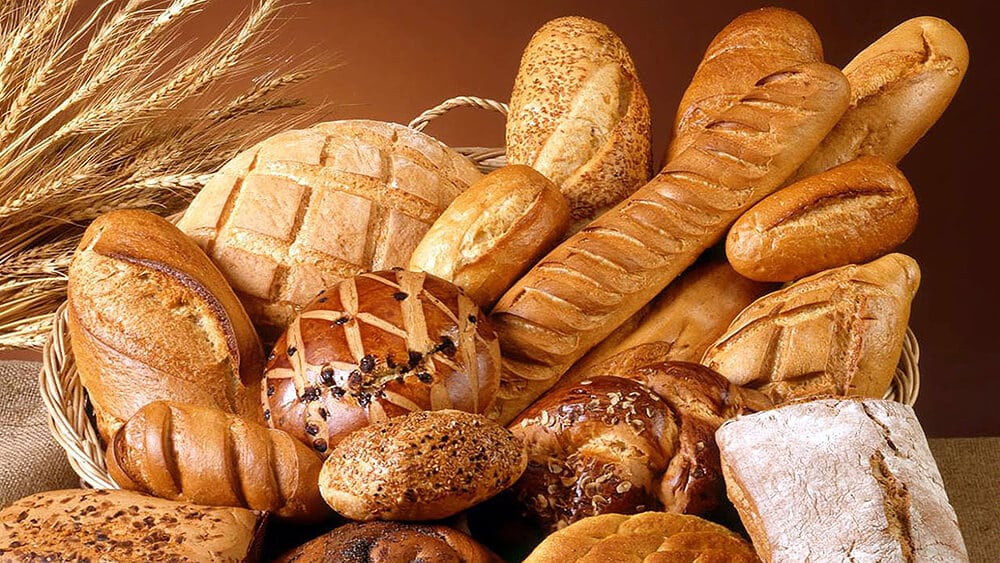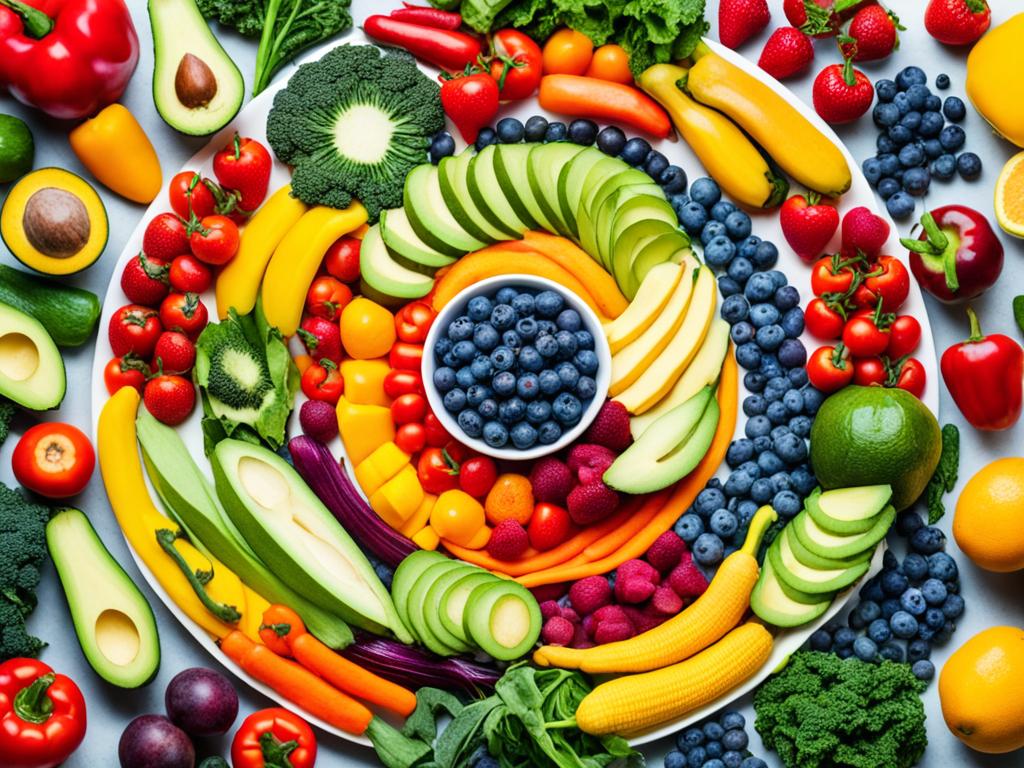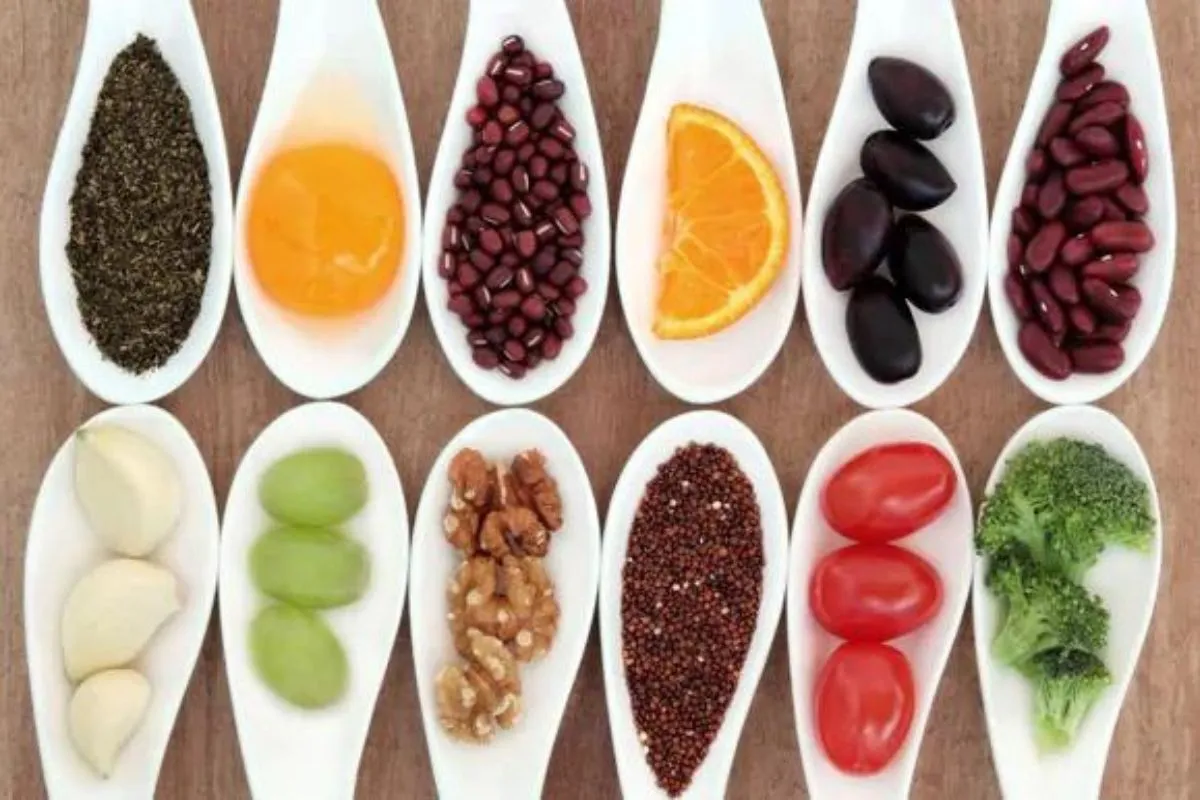Advertisements
Bread, one of the oldest and most widely consumed foods in the world, has been the subject of intense debate when it comes to health. 🥖 For some, it is a villain, responsible for several health problems. For others, it is an essential source of nutrients. After all, what is the truth behind this popular food?
In this article, we’ll delve deeper into the myths and truths surrounding the impact of bread on your health. You’ll learn whether bread really is fattening, what role gluten plays, and how to choose the best option for a balanced diet. We’ll also look at the difference between white bread and whole-wheat bread, and how each can affect your well-being.
Advertisements
We will also discuss the options available for those with dietary restrictions, such as celiac disease, and provide valuable tips for incorporating bread into your daily diet in a healthy way. Get ready to have all your questions answered and make more informed choices on your next trip to the supermarket. 🛒
It's time to uncover the secrets of bread and understand how it can be an ally in your diet, as long as it is consumed consciously and in moderation. Discover all this and much more in the following lines!
Advertisements

Debunking the Myths About Bread
Bread is a staple in the diet of many cultures around the world, but in recent years it has been the subject of controversy. With so much conflicting information out there, it’s understandable that you might feel confused about whether bread is a health friend or foe. Let’s explore some of the most common myths about bread and provide a balanced view on the subject.
Does Bread Make You Fat: Truth or Myth?
One of the most persistent myths is that bread is the main culprit in weight gain. However, what really matters is calorie balance. Bread, like any other food, can be part of a healthy diet if consumed in moderation and in combination with other nutritious foods.
- Whole grain bread can be an excellent source of fiber and nutrients.
- Consider portion sizes and what you add to the bread (like butter or cheese).
- A balanced diet that includes carbohydrates, proteins and healthy fats is key to weight control.
It is important to remember that no single food is responsible for weight gain. What matters is the diet and lifestyle as a whole.
Types of Bread: Which is Best for You?
With so many options available, choosing the right type of bread can be a daunting task. Let’s explore some of the most popular varieties and their health benefits.
White Bread vs. Whole Wheat Bread
The main difference between white and whole grain bread is the processing. White bread is made with refined flour, which loses much of its fiber and nutrients. On the other hand, whole grain bread is made with whole grains, maintaining the fiber and nutrients.
- White bread: Generally softer and with a light texture, but contains less fiber.
- Wholemeal Bread: Rich in fiber, it aids digestion and promotes satiety. 🍞
If your goal is to increase your fiber and nutrient intake, whole-grain bread may be a healthier choice. However, white bread can be an occasional option, especially when combined with other nutrient-rich foods.
Gluten: Villain or Friend?
Gluten, a protein found in wheat and other grains, has become a controversial topic in the modern diet. Many people choose to follow a gluten-free diet, but should everyone avoid it?
Who Should Avoid Gluten?
For most people, gluten is not a problem. However, some health conditions require the elimination of gluten from the diet:
- Celiac Disease: An autoimmune condition where gluten damages the small intestine.
- Non-Celiac Gluten Sensitivity: People who report symptoms when consuming gluten, but do not have celiac disease.
If you do not have these conditions, there is no need to eliminate gluten. However, if you suspect a sensitivity, it is important to seek out a healthcare professional for proper guidance.
Bread and Heart Health: Is There a Connection?
Heart health is a growing concern, and many wonder whether eating bread can affect cardiovascular health. Let’s explore how bread can fit into a heart-healthy diet.
The Role of Fiber in Heart Health
Whole-grain breads are a good source of fiber, which is essential for heart health. Fiber helps lower LDL (the “bad”) cholesterol and control blood sugar levels.
- Including whole-grain breads in your diet can help reduce your risk of heart disease.
- Combine whole-grain breads with other fiber-rich foods, such as fruits, vegetables, and legumes.
When choosing breads, opt for those that are high in fiber and have fewer additives and added sugars. That way, you can enjoy your bread without compromising your heart health.
How to Choose the Ideal Bread at the Supermarket
When you reach the bread section of your supermarket, the choices can be overwhelming. Here are some practical tips for choosing the bread that best suits your nutritional needs.
Read Labels Carefully
Nutrition labels are a valuable tool when choosing healthy breads. When comparing different brands and types of bread, pay attention to the following:
- Fibers: Look for breads with at least 2-3 grams of fiber per slice.
- Ingredients: Choose breads with simple, recognizable ingredients.
- Sugars: Avoid breads with excess added sugar.
With these tips, you'll be better prepared to make informed decisions and choose the bread that best suits your lifestyle and dietary preferences. 🛒
Innovating with Bread: Creative Recipes and Tips
Bread is incredibly versatile and can be used in a variety of ways in the kitchen. Let’s explore some creative ideas for making the most of this beloved staple.
Turning Bread into Something Special
In addition to the traditional sandwich, bread can be used to create delicious and nutritious dishes. Here are some suggestions:
- Bruschetta: Toast slices of whole wheat bread and top with tomato, basil and olive oil.
- Bread Pudding: Use stale bread to make a delicious pudding with fruits and spices.
- Bread Pancakes: Crush bread and mix with eggs and milk to make nutritious pancakes.
These ideas not only give new life to bread, but also help avoid waste by using up even the leftover slices.
The Role of Bread in Culture and Traditions
Bread has a special place in many cultures and traditions around the world. Let’s explore the role of this food in different cultural contexts.
More Than Just Food
In many cultures, bread is a symbol of sustenance, community and celebration. It is present in religious ceremonies, festivals and on the everyday table.
- Bread of Christ: Used in Christian rituals such as the Eucharist.
- Challah: Braided bread traditionally eaten at Jewish celebrations.
- Naan Bread: Common in South Asian cuisine, used to accompany curry dishes.
These examples show how bread transcends the simple act of eating, becoming an integral part of cultural identities and traditions around the world. 🥖
Connecting with Bread: A Personal Perspective
The relationship with bread can be personal and emotional, reflecting memories, family traditions and individual preferences. Let’s reflect on how bread can be more than just a food.
Affectionate Memories with Bread
For many, the smell of freshly baked bread evokes childhood memories of comfort and shared meals. Here are some ways to explore this connection:
- Make Your Own Bread: Try baking bread at home to create memories and special moments.
- Share Stories: Talk to friends and family about your memories involving bread.
- Enjoy the Moment: Take time to savor a simple meal of bread and butter, savoring every bite.
These experiences can enrich our relationship with bread, making it a meaningful part of our lives and stories. 🧡
Conclusion
At the end of this exploration of bread, we realize that it is a food surrounded by many myths and truths. On the one hand, bread, especially whole grain bread, offers a good source of carbohydrates, fiber, and essential nutrients that can promote digestive health and provide energy throughout the day. On the other hand, excessive consumption of bread, especially bread rich in sugars and refined flours, can contribute to health problems such as weight gain and blood sugar spikes. 🍞
It is crucial to remember that moderation and choice are key when including bread in your diet. Choosing whole-grain and homemade versions can improve the quality of your diet, while reading labels carefully helps you avoid harmful ingredients. In addition, it is important to consider the individuality of each organism. 🥖
By balancing bread consumption with other food groups, we can maintain a healthy and satisfying diet. Therefore, the key is variety and balance, promoting a more conscious and informed relationship with bread. This approach not only demystifies some myths, but also guides us towards healthier choices in our daily lives. In short, by integrating bread intelligently into our diet, we can enjoy its benefits without giving up the pleasure of eating at the table. 🍽️




